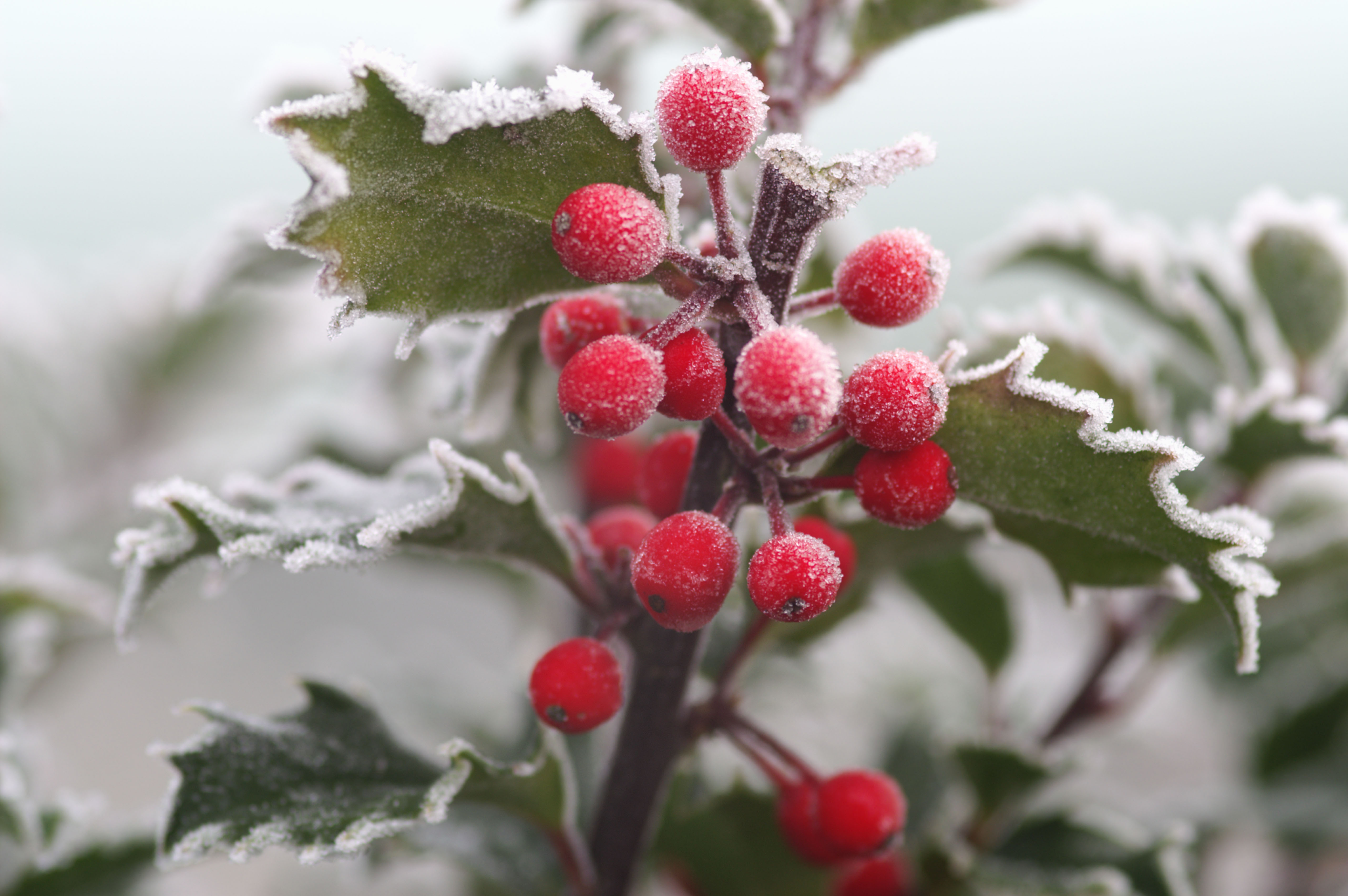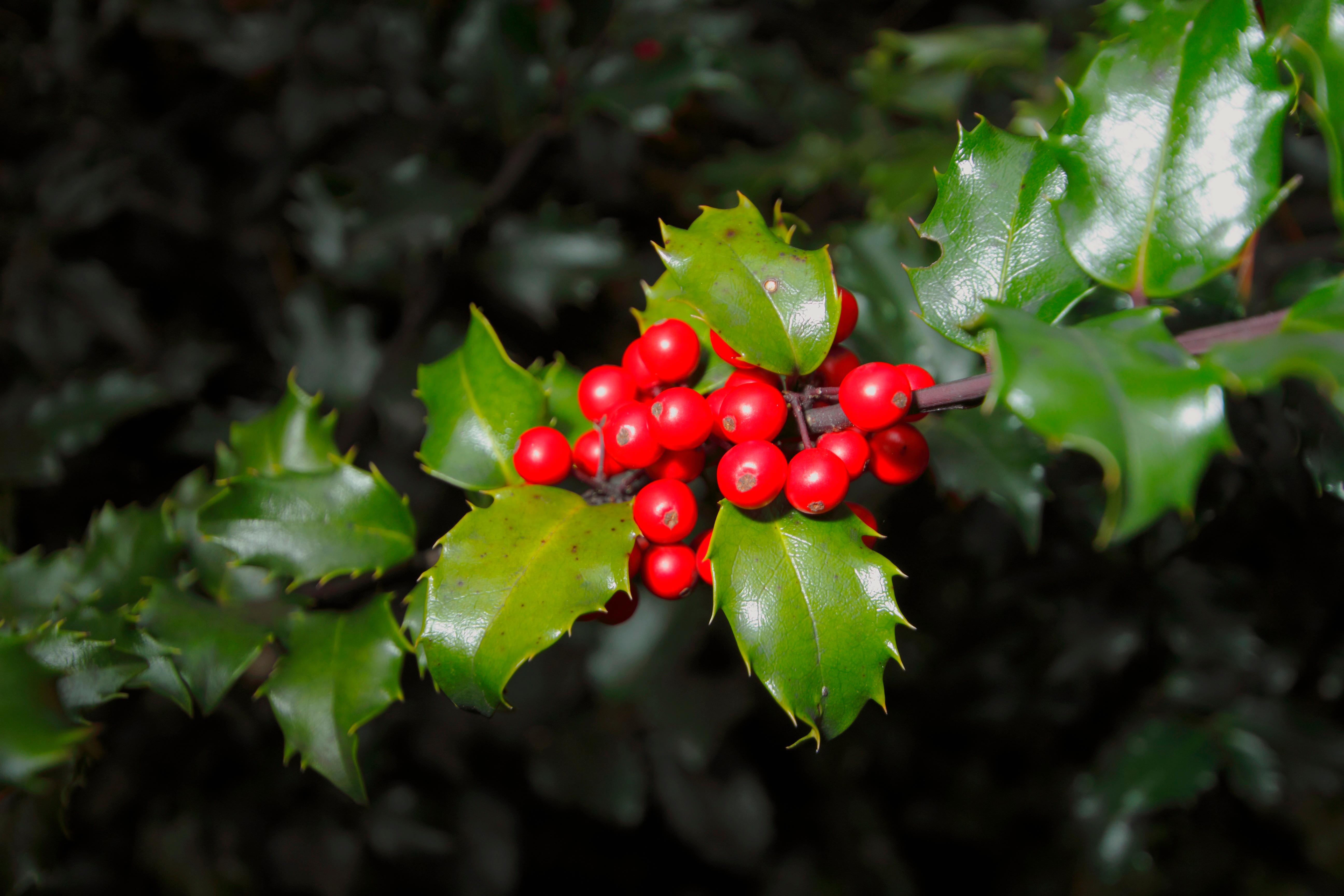The plucky amateur gardener who created 'blue holly', and spawned a trend which stretches the world
'I had not idea what could and couldn't be done, so I just did it,' said the American who bred holly to survive harsh winters on Long Island. Mark Griffiths explains.

Not long after the Second World War, Kathleen Meserve moved with her husband and children to a 10-acre property in St James, Long Island, USA. For a Manhattanite, she took to country life with remarkable gusto, and to gardening especially. She was doing rather well at it, until she ran into a problem.
In the city, she’d been in the habit of buying cut stems of English holly (Ilex aquifolium) for Christmas wreaths and table decorations. With land now at her disposal, she set about growing her own, only to discover that it was scorched or killed by New York’s ferocious winters. The sprigs she used to buy hadn’t been farmed locally, but on the mild West Coast and then sent to Manhattan.
Meserve refused to be beaten or to countenance any alternatives. So it was that, in her early forties, this horticultural novice, who had last looked at a botany textbook in the fifth grade (age 10 or 11), threw herself into breeding a cold-proof English holly. She hit on the brilliant idea of hybridising Ilex aquifolium with I. rugosa, a low-growing, high-endurance species from northern Japan.
Before long, she was nurturing a swarm of seedlings on the kitchen windowsill. Although, in maturity, these plants proved sufficiently reminiscent of English holly to satisfy her, they differed from it in significant and positive respects: compact, shrubby, small-leaved, maroon-stemmed and disproportionately bountiful in berry. Not only were they fully hardy, but cold enhanced their appeal by temporarily turning the foliage a deep and lustrous sea green accented with purple.

To their creator, these hues appeared blue, hence the names of many of the cultivars that she selected from her hybrid brood. Two of the first were Blue Girl and Blue Boy, both introduced in 1964. They were followed by, among others, Blue Prince and Blue Princess (1973), Blue Stallion, Blue Maid and Blue Angel.
The names also convey each cultivar’s gender — vital information if you want berries. It’s the females (such as Blue Girl) that produce fruit, but only if pollinated by a nearby male. That pollinator can be the female’s original intended beau (Blue Boy for Blue Girl) or Blue Stallion, which, true to its name, is a long-performing all-round stud, or even a male plant of Ilex aquifolium.
By the 1970s, horticulturists in the US were abuzz with Blue Hollies, as they called this new hybrid group. Botanists, too, gave the cross a name, Ilex x meserveae, in honour of its begetter. ‘Not knowing what I was doing was an advantage’, she recalled. ‘Especially, at the beginning. I didn’t know what could be done and what couldn’t. So I just did it.’
Sign up for the Country Life Newsletter
Exquisite houses, the beauty of Nature, and how to get the most from your life, straight to your inbox.
She was cannier about the commercial exploitation of her work, patenting cultivars, growing and selling plants, and licensing them for propagation and sale by others. It had cost her $15 to make the original hybrid. From its offspring, she earned enough to support her work and the family’s Long Island estate, which was duly renamed Holly-by-Golly.
'This beautiful cultivar stands as testament and coda to her tireless creativity'
Whereas British gardeners used to frown on these American alloys of our native holly, we’ve been embracing them of late. Potted and trained as standards with a ball of greenery atop a shaft-like stem, berry-packed plants of Blue Maid and other female cultivars are becoming a Yuletide staple. Yet these crossbreeds aren’t only for Christmas. Nor are they merely wannabes: their modest stature and small, but striking leaves present possibilities that no pure-blooded English holly could.
Pruned into balls, cones, hedges and standards, they’re ideal for formal schemes. Spared the shears, they’re superb in winter borders. In ours, frost paints the foliage of Blue Angel with glossy dark plum, a wondrous foil not only for its berries, but also for snowdrops, hellebores and dogwoods.
One recent introduction, Little Rascal, is invaluable for Japanese and Minimalist gardens. Bolstering a boulder in gravel or softening sharp-edged Modernism, this sphere of emerald and bronze is perfection.
Meserve was feted for Ilex x meserveae, rightly hailed as one of plant breeding’s boldest blue-sky thinkers. It was not her only great hybrid, however. She crossed the Chinese I. centrochinensis with her beloved English holly and, from their progeny, selected Centennial Girl in the 1990s.
A lofty pyramid of malachite green decked with lacquer-red berries, this beautiful cultivar stands as testament and coda to her tireless creativity. She obtained a patent for it in January 1999. Four months later, she died, aged 93. 

Credit: KQS / Alamy Stock Photo
Why you should always start a diary in the new year - even if you don't stick with it
Every year, at about this time, Jonathan Self suffers from an overwhelming urge to start a diary.
-
 Designer's Room: A solid oak French kitchen that's been cleverly engineered to last
Designer's Room: A solid oak French kitchen that's been cleverly engineered to lastKitchen and joinery specialist Artichoke had several clever tricks to deal with the fact that natural wood expands and contracts.
By Amelia Thorpe
-
 Chocolate eggs, bunnies and the Resurrection: Country Life Quiz of the Day, April 18, 2025
Chocolate eggs, bunnies and the Resurrection: Country Life Quiz of the Day, April 18, 2025Friday's quiz is an Easter special.
By James Fisher